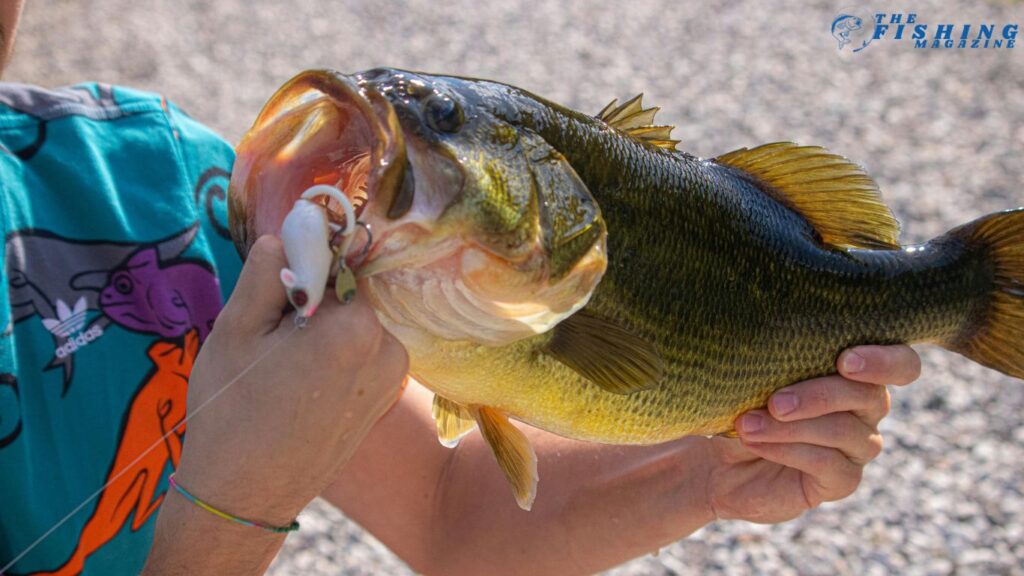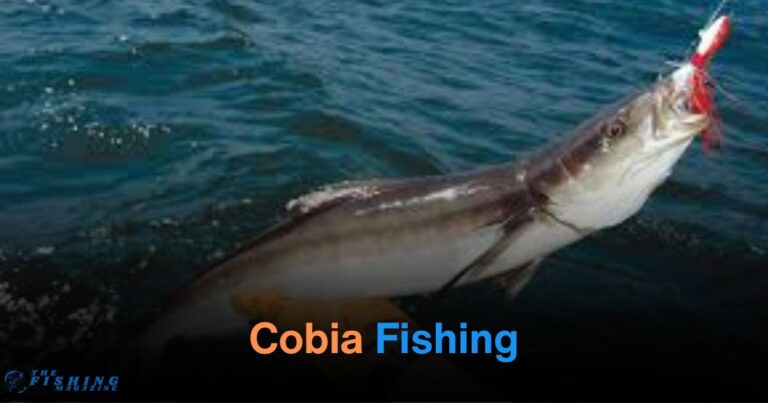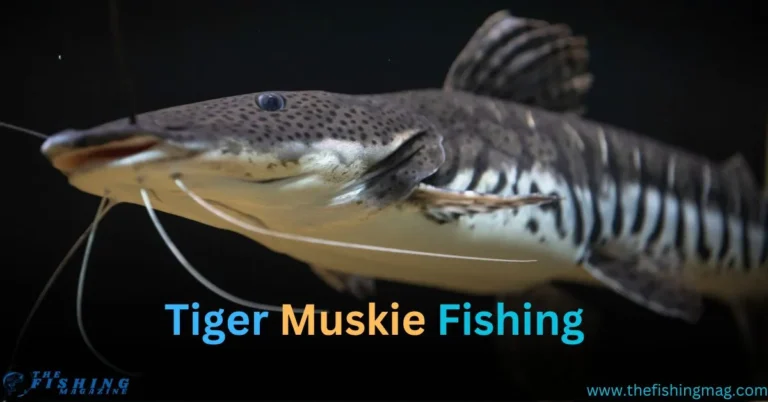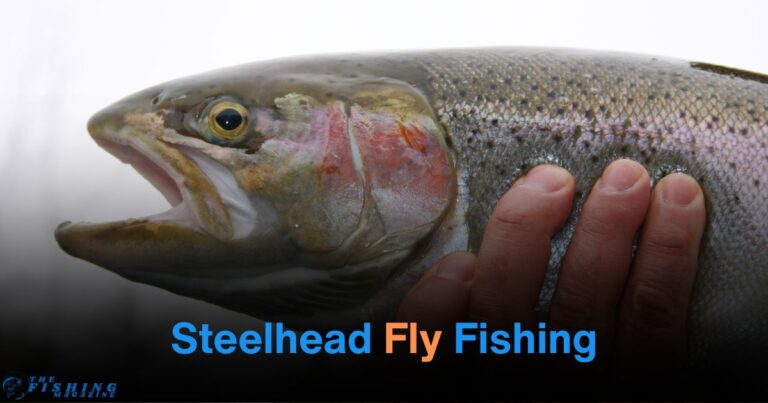When it comes to bass fishing, anglers often debate the differences between spotted bass vs largemouth bass. These two species, although similar in some respects, have distinct characteristics, habitats, and behaviors that set them apart.
Whether you’re a seasoned fisherman or a beginner looking to understand more about these popular game fish, this comprehensive guide will cover everything you need to know about spotted bass and largemouth bass.
Introduction
Bass fishing is a beloved pastime for many, offering both relaxation and excitement. Among the various species of bass, spotted bass and largemouth bass are two of the most common targets for anglers. But how do you tell them apart?
What are their unique characteristics, and where can you find them? This blog post aims to answer these questions and more, providing a clear and informative comparison of spotted bass and largemouth bass.
What are Spotted Bass and Largemouth Bass?
Before diving into the differences, let’s start with a basic introduction to each species.
Spotted Bass (Micropterus punctulatus)
Spotted bass, also known as “spots,” are a species of freshwater fish in the sunfish family. They are native to the central United States and are known for their aggressive nature and fighting spirit, making them a favorite among sport fishermen.

Largemouth Bass (Micropterus salmoides)
Largemouth bass, often referred to simply as “largemouths,” are another species of freshwater fish in the sunfish family. They are widely distributed across North America and are the most popular target for bass anglers due to their size, strength, and abundance.
Physical Characteristics
One of the primary ways to differentiate between spotted bass and largemouth bass is by examining their physical features.
Size and Weight
- Spotted Bass: Generally smaller than largemouth bass, spotted bass typically weigh between 1 to 3 pounds, although larger specimens can be found.
- Largemouth Bass: Known for their impressive size, largemouth bass can weigh anywhere from 1 to over 10 pounds, with some record-breaking fish exceeding 20 pounds.
Body Shape and Coloration
- Spotted Bass: They have a more streamlined and slender body compared to largemouths. Their coloration includes dark green to brown bodies with distinct spots along their sides.
- Largemouth Bass: These fish have a robust and stocky body, often with a greenish color that fades to a lighter belly. They lack the spotted pattern of their cousins.
Mouth and Jaw
- Spotted Bass: The upper jaw of a spotted bass extends only to the middle of the eye.
- Largemouth Bass: The most distinguishing feature is the jaw, which extends well past the eye, giving them their name.
Dorsal Fins
- Spotted Bass: They have a connected dorsal fin with a slight notch between the spiny and soft-rayed sections.
- Largemouth Bass: Their dorsal fins are separated by a deep notch, making them appear as two distinct fins.
Habitat and Distribution
Understanding where to find these bass species can significantly improve your fishing success.
Spotted Bass Habitat
- Location: Spotted bass are typically found in the central and southeastern United States, including rivers, streams, and reservoirs.
- Environment: They prefer clear, fast-moving waters with rocky or gravelly bottoms. Spots are often found in deeper waters compared to largemouth bass.
Largemouth Bass Habitat
- Location: Largemouth bass have a much wider distribution, found across North America, from Canada to Mexico.
- Environment: They thrive in slow-moving or still waters, such as lakes, ponds, and reservoirs. They favor areas with plenty of vegetation, submerged logs, and other structures.
Behavior and Diet
The behavior and diet of bass can provide insights into the best fishing techniques to use.
Spotted Bass Behavior
- Activity: Spotted bass are known for their aggressive nature. They are active feeders and often found in schools.
- Diet: Their diet consists of smaller fish, insects, and crustaceans. They are opportunistic feeders and can be caught using a variety of lures.
Largemouth Bass Behavior
- Activity: Largemouth bass are solitary hunters, especially the larger ones. They are ambush predators, lying in wait for their prey.
- Diet: They have a diverse diet, including fish, frogs, crayfish, and even small mammals and birds. They can be caught using various baits and lures that mimic their prey.
Fishing Techniques
Different techniques can be more effective depending on whether you’re targeting spotted bass or largemouth bass.

Spotted Bass Fishing Techniques
- Lures: Use smaller lures such as jigs, crankbaits, and soft plastics. Spotted bass are less selective and will strike a wide range of baits.
- Locations: Focus on rocky points, ledges, and deeper waters where spots are commonly found. Look for areas with current, as they prefer moving water.
Largemouth Bass Fishing Techniques
- Lures: Larger lures such as topwater baits, spinnerbaits, and large soft plastics work well. Matching the lure to the prey in the area can increase success.
- Locations: Target areas with heavy cover, such as weed beds, lily pads, and submerged structures. Early morning and late evening are prime times for largemouth fishing.
Common FAQs
To further clarify the differences and provide additional information, here are some frequently asked questions about spotted bass and largemouth bass.
FAQ 1: Can spotted bass vs largemouth bass interbreed?
Yes, spotted bass and largemouth bass can interbreed, producing hybrid offspring. However, this is relatively rare in the wild.
FAQ 2: Which is harder to catch, spotted bass or largemouth bass?
Both species offer unique challenges. Spotted bass are known for their fighting spirit and can be harder to reel in, while largemouth bass can be elusive and require more strategic fishing techniques.
FAQ 3: What is the best time of year to fish for spotted bass and largemouth bass?
Spring and fall are generally the best times to fish for both species, as they are more active and feeding heavily. Early morning and late evening are also prime times.
FAQ 4: Do spotted bass and largemouth bass taste different?
The taste can vary depending on the water they are caught in and their diet. Generally, both are considered good eating, with a mild flavor.
Conservation and Ethical Fishing
As with all fishing activities, it’s essential to practice conservation and ethical fishing to ensure the sustainability of bass populations.
Catch and Release
Both spotted bass and largemouth bass populations benefit from catch and release practices. Always handle fish with care and release them quickly to minimize stress and injury.
Respect Local Regulations
Fishing regulations vary by location, including size and bag limits. Always check and adhere to local rules to help maintain healthy fish populations.
Conclusion
Spotted bass and largemouth bass each offer unique experiences for anglers. Understanding their differences in physical characteristics, habitats, behaviors, and fishing techniques can enhance your fishing success and enjoyment.
Whether you’re targeting the aggressive and feisty spotted bass or the elusive and powerful largemouth bass, being well-informed will help you make the most of your time on the water. Happy fishing.






